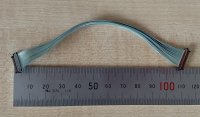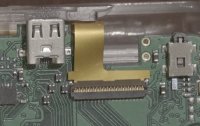Blue Shadow
Very Active Member
- Joined
- Mar 7, 2016
- Messages
- 188
Well, ED said in the "Quite a bit.." newspost it was originally designed to be rolled four times.Unfortunately that's an old video with the old LCD cable design which still has the redundancy, but when you get to the installation part, it was still designed to be rolled three times (and you can see he makes a bit of a mess of it there too!).
So it might be that the cable was designed to be rolled 4 times, but he did it 3 times anyway because it was easier and maybe already planned the change.




